6 min read
August 25, 2022


Quincy D Jordan
(Co-Facilitator), Director of Innovate, AgileThought
6 Articles
Author's Articles

Quincy D Jordan
(Co-Facilitator), Director of Innovate, AgileThought
6 Articles
Agile
Story points
Normalization
Estimation
Normalizing story points is a topic of discussion that tends to come up from time to time in organizations that have ‘gone agile.’ The concept is to make the intrinsic value of a story point the same—regardless of team, program or product. To further explain, we would like to whisk you away to the unchartered regions of the fictional organization known as World Outfitters.
World Outfitters, commonly known as WorldOut, develops Global Position Systems (GPS) for nautical excursions around the globe from Tampa to Honduras, Greece to Japan, and everything across the seven seas.
While World Outfitters is a fictional company, and we’ve changed the names to protect the innocent, the journey we will take is very real. Join us on this journey as we look at why World Outfitters is considering normalizing story points, discuss the two schools of thoughts on the subject, and explain the implications of each approach. We will share conversations with John, EVP & CTO; Minki, a Product Owner; Luke, the Scrum Master to illustrate their journey.
Story Point Normalization: The Two Schools of Thought
As a couple of us AgileThought Transformation Consultants sat down to chat with John at the WorldOut Headquarters, we were interested to know why the topic of normalizing story points came about for him as an executive. He began to share with us the need for a publicly traded company, such as WorldOut, to think ahead and prepare for quarterly shareholder meetings. Increasing predictability and forecasting while supporting an Agile environment was a growing enigma for John, and he thought normalization would solve the puzzle. “Well, John,” we stated, “There are two schools of thought here. There is normalization that is intentional, and then there is normalization that is organic.” This piqued John’s interest, as he leaned forward in his chair and said, “Please, tell me more.”
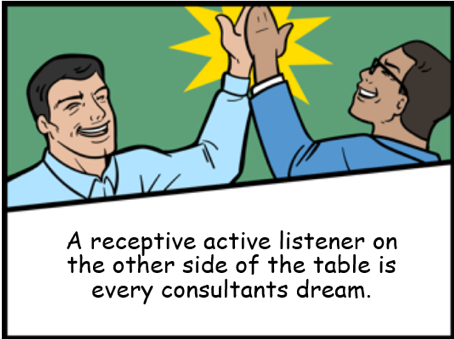
Photo courtesy of Microsoft OneNote.
We explained that intentional normalization tends to manifest in two paths: The first path is based on an established shared understanding of how story points are interpreted, accompanied by a set of common definitions across teams. The second path involves a mindset of respect for consistency, where a 5 is a 5 is a 5. What we mean is that a five-point story on one team is a five-point story on another team. This is not to say that we are endorsing either path at this point in our conversation, but we want to make you aware of what’s out there. However, the latter approach can be both tricky and dangerous, but we can revisit that a little later to discuss further. Just remember: you cannot reasonably compare the velocity of one team to another.
The second school of thought—organic normalization of story of points—is team-specific, occurs over a period of time, and relies on empirical data. Think about when you’re on a flight and the plane is steadily climbing until the pilot reaches a cruising altitude. That is what organic story point normalization is like. It is when the team is steadily ‘climbing’ in velocity and estimating ability until they reach a place of normalcy—a cruising altitude, if you will—where proficiency lives.
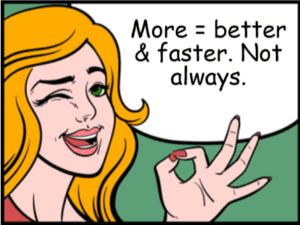
Photo courtesy of Microsoft OneNote.
What are the Benefits of Story Point Normalization?
“Hi,”said Minki the Product Owner, as she entered the room. “Hey, Minki, we’re glad you could join us,” we said. “We were just talking to John about two schools of thought in terms of why normalizing may be desired, and it brought up a new question we think you can answer: What goal is WorldOut trying to accomplish that you believe normalizing story points would help you achieve?” Minki stares off for a second then proceeds: “We want to increase our predictability at a program level, and we would really like a way to compare the performance of our teams to learn where we can improve.”
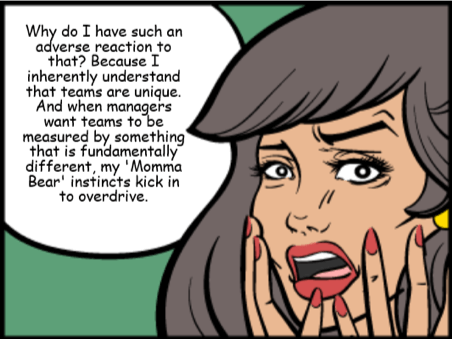
Photo courtesy of Microsoft OneNote.
It is true that normalizing earlier on can help minimize a new team’s chaos—real and perceived. It helps them establish a consistent delivery cadence. Normalizing story points helps teams learn, listen and pay attention to their own cadence which, in turn, helps them with delivery. However, normalizing story points should be a temporary, strategic and cautious approach. The perspective here should be one of learning, not a way to hold teams accountable or to measure one team against another. There are many other measures to hold teams accountable—but normalizing story points isn’t one.
Maintaining a Healthy Perspective on Story Points
“Wow, we really should have Luke, one of our Scrum Masters, in this conversa…” and just as Minki is talking, Luke walks by. “Luke!” Minki exclaims with excitement. “Weren’t you just saying a couple of weeks ago that we should even out an individual team’s story points over time (assuming we have a stable team), so that they can get to a level of predictability that helps inform the business relative to timelines, budget and costs?”
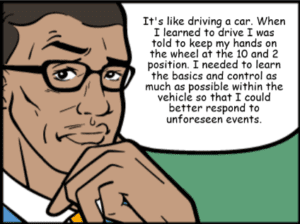
Photo courtesy of Microsoft OneNote.
Sounds like Luke has been thinking on a path that will help your teams output to become more predictable. “But wait,” John cuts in. “Should we normalize story points or not?” Let’s put it this way, if used simply for team comparison, normalizing will do more harm than good because you can’t reasonably estimate points across teams uniformly. Story points need to reflect a healthy balance of risk, time and complexity. An anti-pattern we often see is that teams will only equate a story point with an hour of work. In reality, each team must establish their own baseline and equation for story points. However, having a common understanding of story points across teams is beneficial. We suggest that you focus on the business outcomes from the team’s outputs and use the story points to judge a team against itself. This way, we are not comparing apples and oranges, but rather we are comparing the maturity of team to its own development.
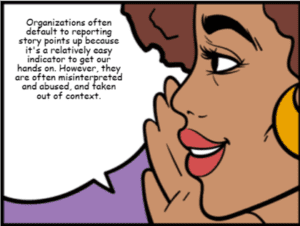
Photo courtesy of Microsoft OneNote.
Looking for more ways to manage a successful agile team? Get advice, best practices and insights on all things agile by visiting our blog.
This blog was a collaboration of Quincy Jordan and Christy Erbeck, who are both Principal Transformation Consultants with AgileThought.
Share this content: